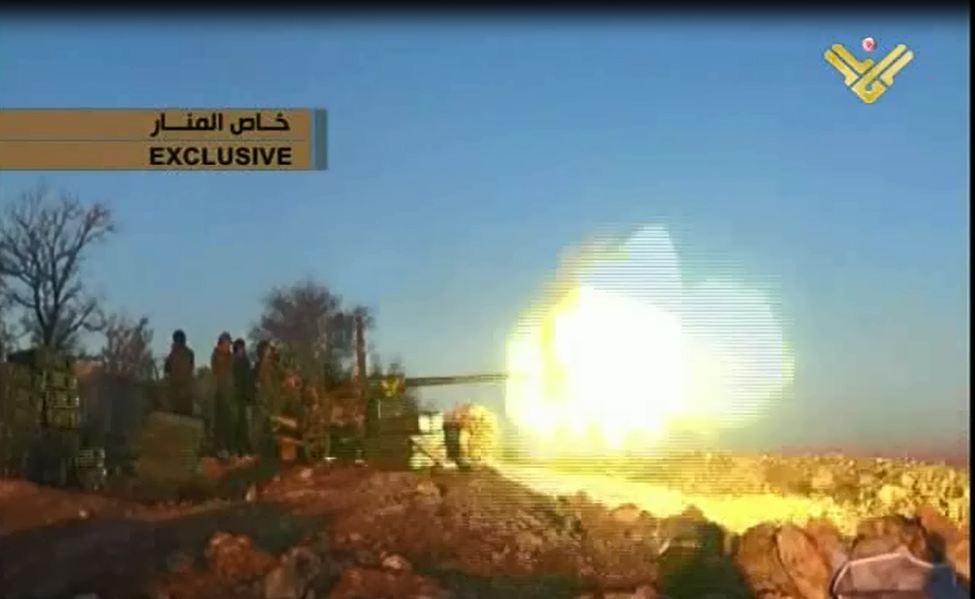Syria
Syrian Army Continues anti-Terrorist Operations across Country

The Syrian army managed on Friday to advance in Hamah western countryside, controlling al-Zayadeya village and killing scores of terrorists.
The Syrian military also targeted the militant groups in various provinces, inflicting heavy losses upon them.
Source: Al-Manar Website







